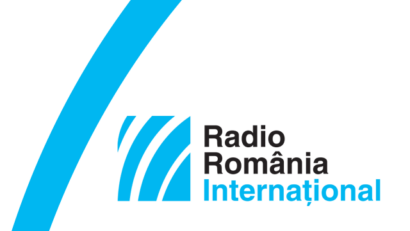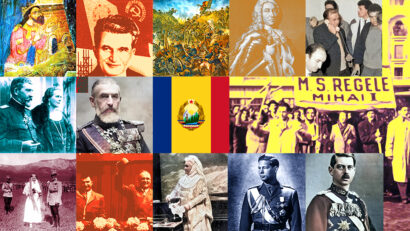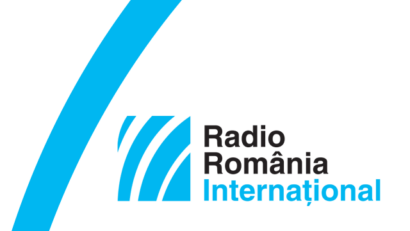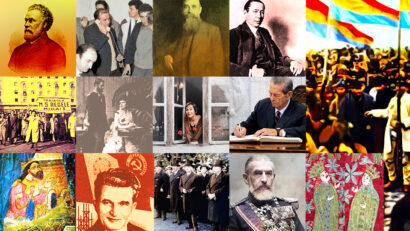Industry in Romania over 1965-1975
The communist regime counted on industry as the main economic sector. However, a systematic investment policy was only possible starting with the second half of the 1960s.
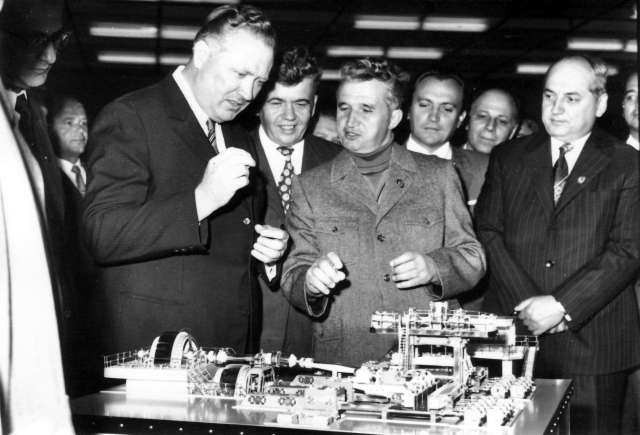
Steliu Lambru, 29.06.2015, 12:00
The communist regime counted on industry as the main economic sector. However, a systematic investment policy was only possible starting with the second half of the 1960s. In all socialist countries, the political regimes tried to invest in industry in order to increase production and economic productivity. Romania was no exception, contracting loans from the international financial institutions like the IMF, focusing on the building of big iron and steel and chemical platforms. Maxim Berghianu was the president of the State Planning Committee, in charge of economic planning. In 2002, he gave an interview to Radio Romanias Centre of Oral History about the investment in industrial development over 1965-1975.
Maxim Berghianu: “During this period, the allied steel aggregate works in Targoviste was built, the iron and steel platform in Calarasi was opened, the iron and steel works in Hunedoara was overhauled, two bigger roll mills were built, as well as some new furnaces in Hunedoara. A roll mill in Resita was planned to make train rails. We used to make train rails, but just a small range. If we could find train rails in the East, we got them from the East, if not, we got them from the West as we couldnt do without train rails. The wire industry developed in Campia Turzii, producing all kinds of wire, from aluminum and copper cables to all sorts of shaped wire. We exported a lot of such products. They were rare products of the iron and steel industry which not any country could afford to manufacture. Concurrently, plants in Otelul Rosu, Calan and Hunedoara developed, to say nothing of the giant works in Galati, which had to produce around 6-8 million tons of steel and specific steel products.
The investment policy encountered great difficulties because of the bureaucratic state and the lack of experience. Generalized ideology and the submission system hindered the completion of projects, which could not become effective. Such an example was the Galati platform.
Maxim Berghianu: “As I worked at the State Planning Committee, I realized that a huge gap was taking shape there. So, I took charge of the Galati works myself. I brought together all ministers who had some connection with the works, from the energy, metallurgy, machine building, building materials ministries. In Galati, there was a command center involving the contractor, equipment and material producers. A deputy prime minister would go there, analyze and establish jointly with them what had to be done until the next month. We established every goal and deadline. I appointed Chesa, deputy minister at the Metallurgy Ministry, an experienced man whom I knew from Hunedoara, I appointed him general manager of the Galati works. I told him he was in charge of the works and of the deadlines. He would give me a ring every day at 8 a.m. And that went on for 8 months.
Maxim Berghianu also spoke about the organizational shortcomings with a major impact on investment in industry: “We made mistakes too, we were not perfect. We allowed the investment to break down. We were keen on making investment in as many industrial units as possible. That was a generalized disease, especially in chemistry, metallurgy, machine building, where a lot of money was going. The largest amount of funds would go to energy, metallurgy, machine building and chemistry. Nearly three quarters of the investment over 1965-1975 were predominantly made in those industries. The investment was not prepared beforehand. Although we had a five-year plan spaced out over the years and they could start designing the units and conducting research, they did nothing. And the money was wasted. When we realized that, we drew a line. There were stocks of equipment, many of which were imported and fell into disuse because the construction of the respective factory or plant was not completed and they could not be put into operation. So, that was an ineffective system particularly during the first five-year plan over 1966-1970. We established more severe rules for the next five-year plan, no longer allowing an investment to be made in a certain industry unless the units were completed. We provided funds for the completion and commissioning of a plant or factory.
However, Maxim Berghianu believes that after the first decade, those in charge of industrial development acquired a certain experience: “One cant say that the whole Romanian industry was below world standards because otherwise, the French and the Americans would not have bought low-tech products, numerically controlled tools, to say nothing of chemicals or face mill cutters made by IMGB. The iron and steel industry was in the front ranks, so we succeeded in making such products. That was Ceausescus madness. He wanted our production to be comparable with that of the developed countries. But hardly over 1971-1975 did we manage to capitalize on our potential, increase the quality of products, which also allowed for a rise in the price of exported products.
The policy of fostering the Romanian industry over 1965-1975 was an ambitious project. Unfortunately, the system flaws, fully manifest in the 1980s, as well as the oil crisis triggering the increase in energy prices revealed the weak points of the Romanian industry, which in the absence of a command management, collapsed to a great extent after 1990.

